Today we present a guest article
A road trip through Europe is an exciting opportunity to immerse yourself in cultural diversity, enjoy picturesque landscapes and explore historical sights. The European roads open up a variety of routes, allowing to see both well-known tourist destinations and hidden gems that often go unnoticed by most travellers.
Table of contents
The best destinations for travelling by car in Europe
- Alpine Road (Germany, Austria)
The Alps are one of Europe's most scenic places. Travelling through the Alpine roads in Germany and Austria offers unforgettable views of mountains, lakes and cosy Alpine villages. Popular routes include the Bavarian Alpine Road and the Grossglockner Road in Austria. - Amalfi Coast (Italy)
This Italian route, which runs along the Tyrrhenian Sea, is known for its steep cliffs, winding roads and stunning sea views. Towns such as Positano and Ravello offer unique views and atmospheres. - Scottish Highlands (Scotland)
Routes through the Scottish Highlands, such as the North Coast 500, provide stunning views of wild landscapes, ancient castles and remote lochs. This is the perfect destination for those seeking peace and quiet. - Transfăgărășan (Romania)
This famous mountain road running through the Carpathians will give you unforgettable experiences. Steep turns, tunnels and stunning views of mountains and lakes await you. This route is particularly popular with adventure seekers and those who appreciate scenic views.
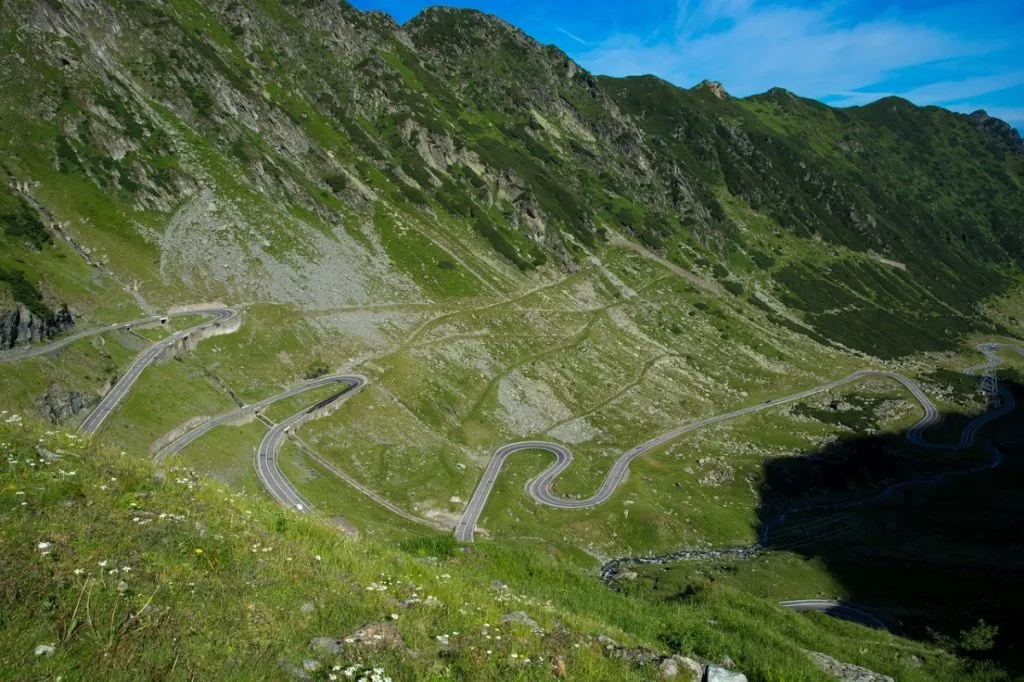
Prepare your car for the journey
Before embarking on a road trip across Europe, it is important to carefully prepare the car. Particular attention should be paid to the lighting system.
- Check headlights and other lighting components
Headlights are the basis for safety on the road, especially at night or in bad weather conditions. According to a study by the European Transport Safety Council (ETSC), poor lighting is one of the main causes of night-time road accidents. Make sure that all lights are working and that headlights are properly adjusted. If your headlights seem to be dimming, it may be worth considering replacing them with more modern LED options, and according to autodoc.se shows the low beam lamp that LED lamps can provide much better light performance than traditional halogen lamps. - Replace lamps and check the electrical system
If your car is equipped with old halogen bulbs, consider replacing them with more efficient xenon or LED bulbs. These lamps not only provide a brighter light, but also consume less energy, which can extend battery life. Also, don't forget to check the battery and generator to ensure stable power supply to all lighting systems. - Check brake lights and indicators
Brake lights and indicators are important safety components that signal your intentions to other road users. Make sure that all lights work properly to avoid accidents. - Check headlight and window wipers
A car journey through Europe often means encountering different weather conditions. Headlight wipers and windscreen wipers need to work perfectly to ensure you always have good visibility on the road.
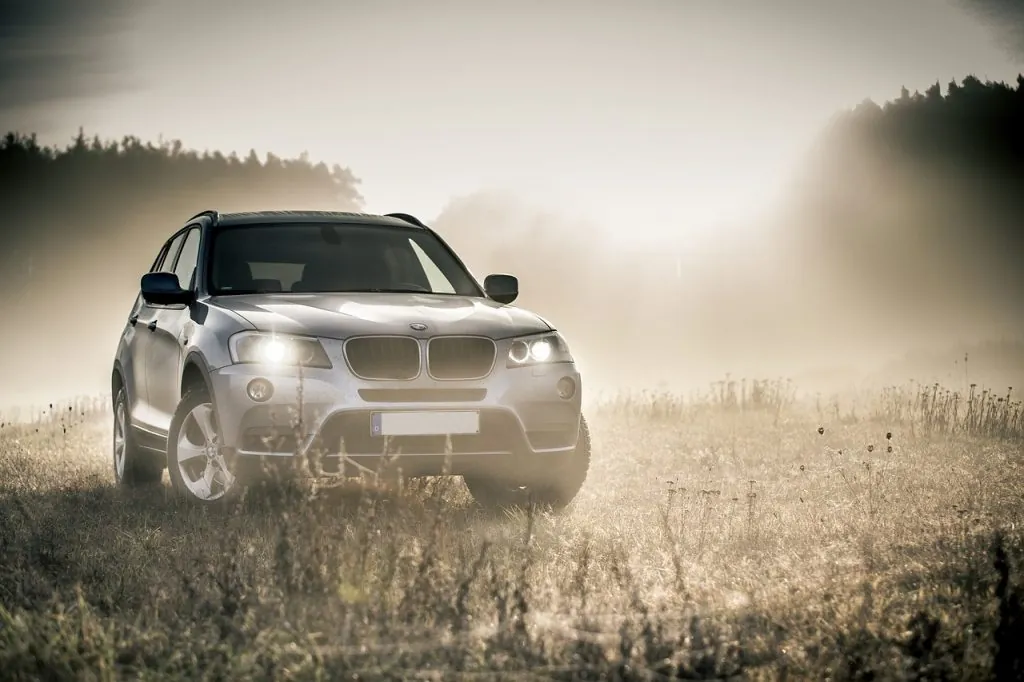
Statistics on car travel in Europe
Below are statistics on the most popular destinations for car travel in Europe, as well as road safety data:
| Destination | Number of travellers per year | Average route length (km) | Main risks on the road |
| Alpine road | 2.5 million | 450 | Snowdrifts, avalanches |
| Amalfi Coast | 3 million | 50 | Narrow roads, sharp turns |
| Scottish Highlands | 1.8 million | 500 | Rapid weather changes, fog |
| Transfăgărășan | 1 million | 90 | Steep turns, slippery roads |
These data confirm that car journeys through Europe are popular with tourists, but require careful preparation and attention to safety.
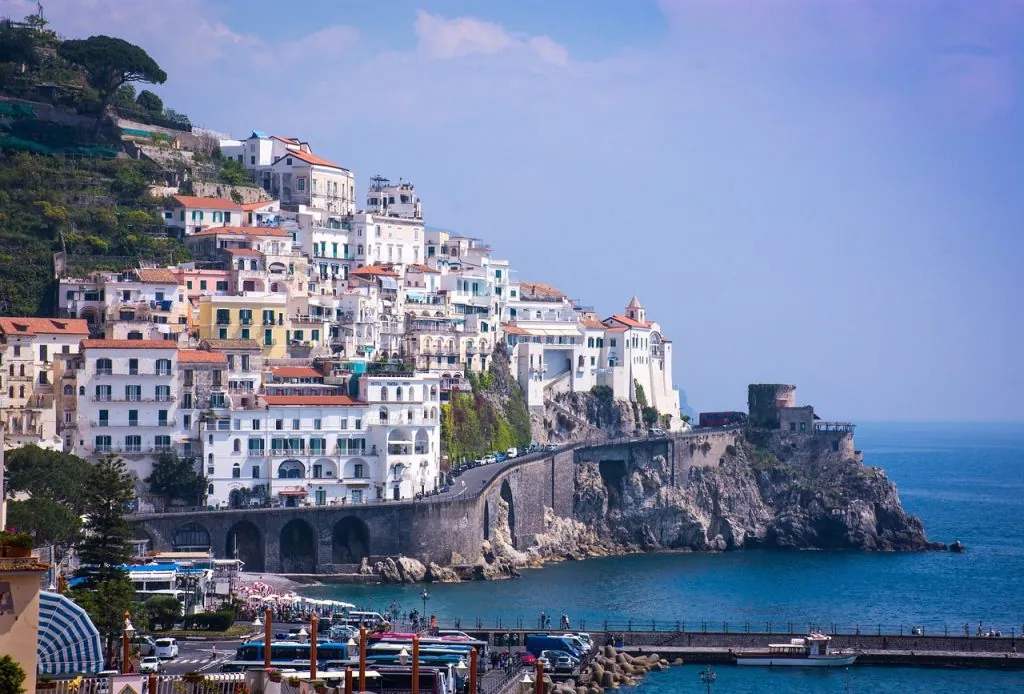
Tips for a comfortable journey
- Proper baggage handling
Weight distribution in the car has a major impact on stability and handling. Make sure that heavy objects are placed as low as possible and close to the centre of the car to avoid imbalance. You may also want to use organisers for small items so that they do not interfere with driving. - Comfortable seats and seating position
Long journeys require comfortable conditions for both driver and passengers. Check that the seats are correctly adjusted to provide back and leg support. If the seats are not so comfortable, consider using special cushions or covers. - Food and drink on the road
Make sure to bring light snacks and water with you so as not to depend on stops at cafés or restaurants. This will not only save you time but also give you more flexibility in your route planning. - Regular breaks
Driving long distances can lead to fatigue and reduced concentration. Regular breaks help to keep you alert and avoid fatigue. It is recommended to stop every two to three hours to stretch your legs and recover.

Conclusion
Travelling by car through Europe is a unique opportunity to explore new places and cultures, while enjoying the freedom of movement. However, for your journey to go smoothly and without unpleasant surprises, it is important to carefully prepare the car, especially its lighting components. By following simple recommendations for preparing and organising your trip, you can enjoy your journey to the maximum, avoid unexpected situations and ensure comfort throughout the route.

Sources of information:


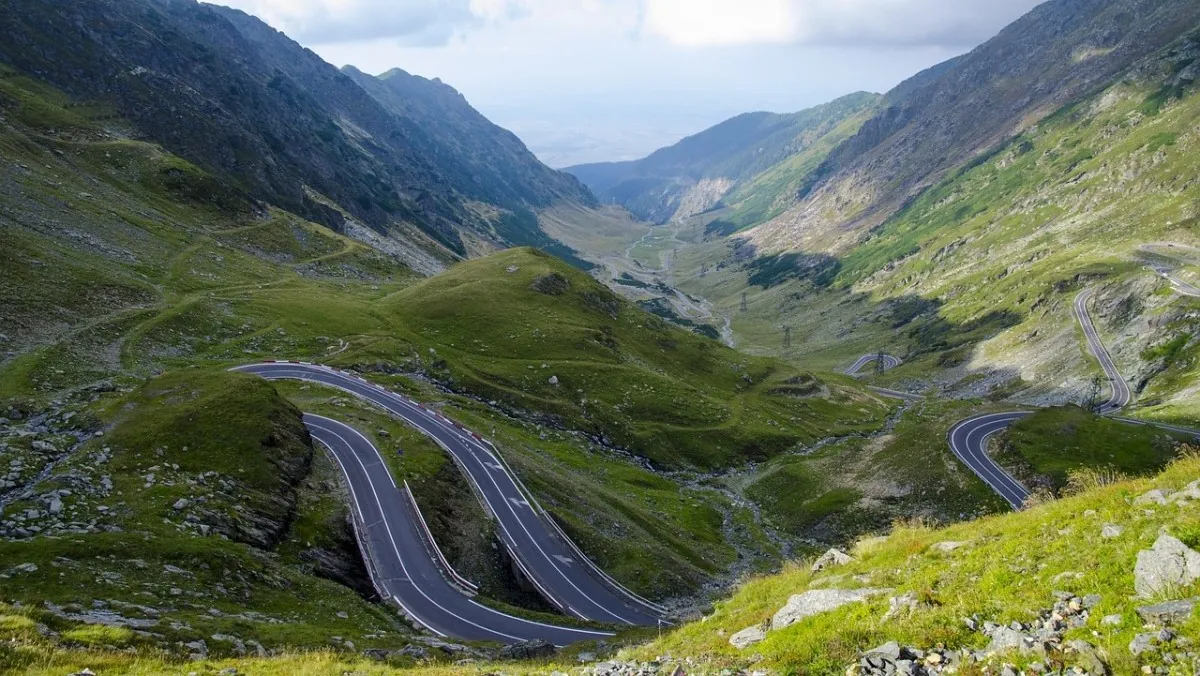






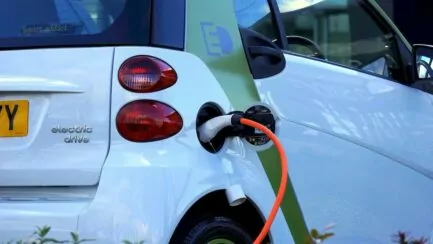

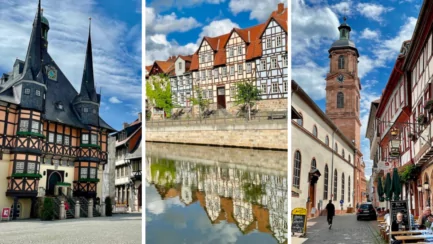



Ditte says:
I think you missed Norway here. Fantastic views and experiences. On the other hand, one can not get everything.
24 August 2024 - 15:31
Helena says:
Norway has amazingly beautiful roads, agree! We have driven a bit there by car (but not by motorhome) and would really like to see more!
25 August 2024 - 7:50